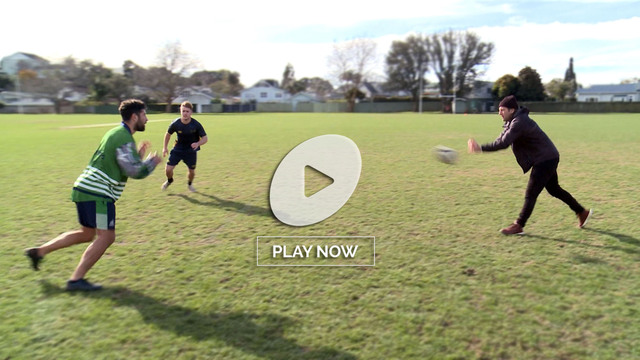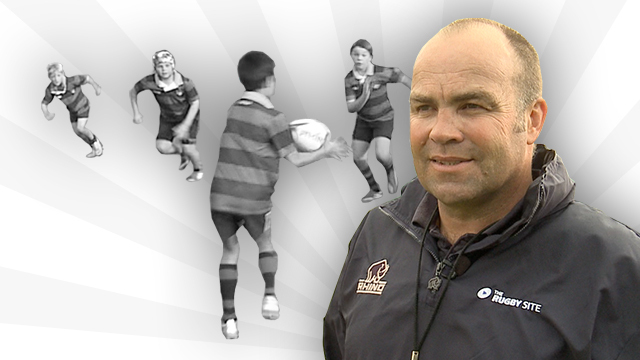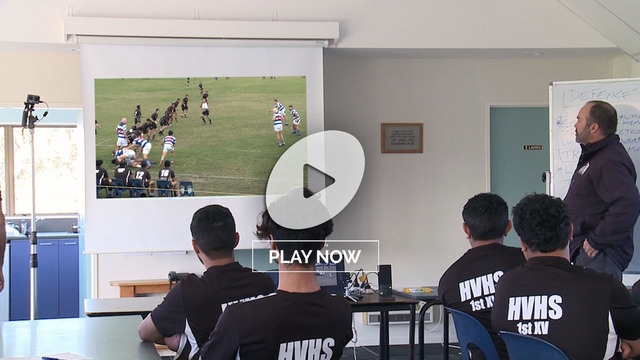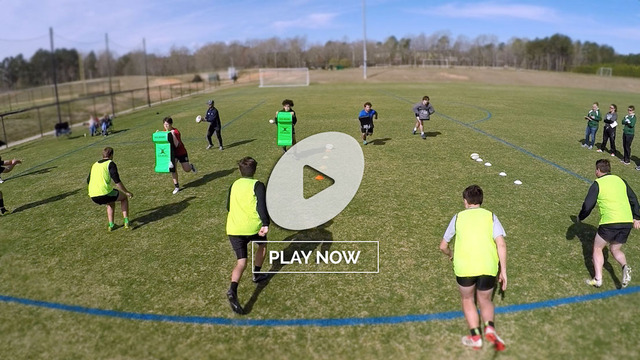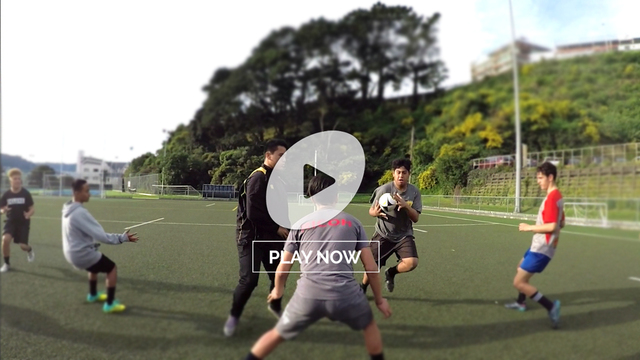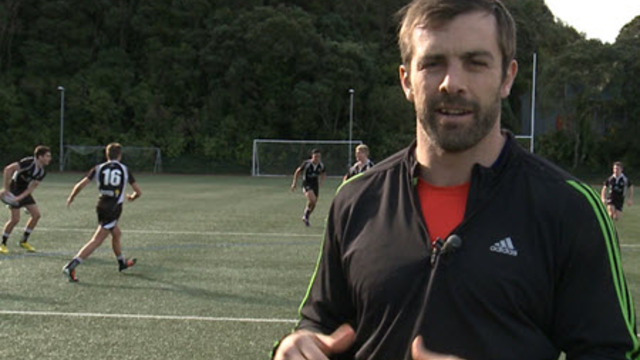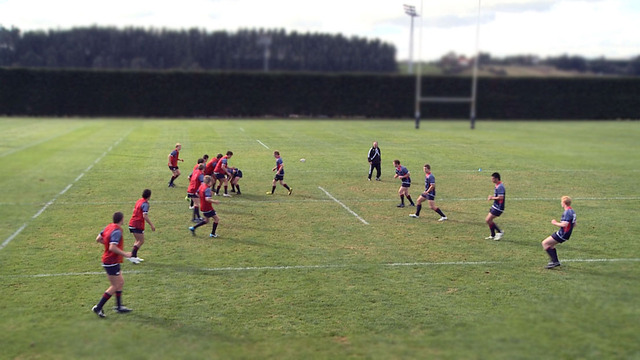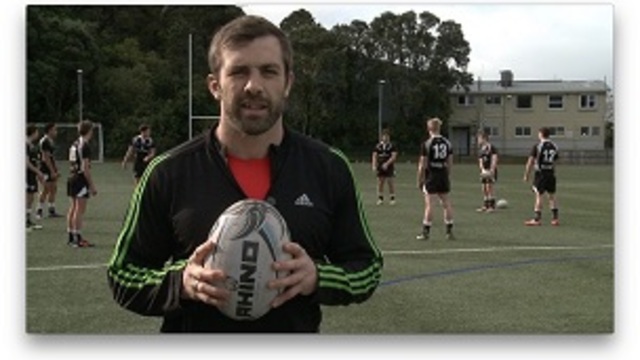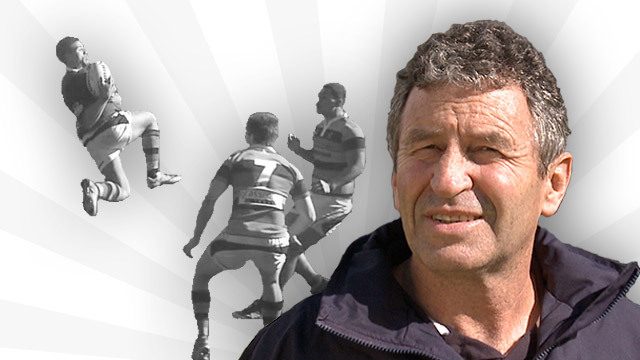Smell the liniment, pull the mud off your boots, wrap your head up in surgical tape. If you were warming up for a game in any changing shed in the amateur era, at least as a forward, those would be the regulation steps. When you were fully prepped, the captain or coach would gather everyone together in a circle, and issue a set of orders.
The primary task of the open-side or breakaway flanker would be to harry the opposing number 10 to distraction, and if possible extract a physical price in the process. There were number 7’s back in the day who made the lives of opposing first five-eighths a total misery.
Legendary Welsh number 10 Phil Bennett had a stellar tour and relished the freedom of the park against the Springboks for the British & Irish Lions in 1974, but he did not enjoy life nearly as much versus Kevin Eveleigh, Ken Stewart and Graham Mourie three years later in New Zealand.
How times have changed! The ruck is now unrecognizable from what it was even 20 years ago, with frequently no more than four or five players committed to it where there used to be more than twice that number. The new breakdown guidelines, issued in mid-2021, have further accelerated the speed of resolution at ruck-time, and on defence it has moved the focus of disruption further inwards, from 10 in towards 9.
With modern professional matches frequently head-lining a high ball-in-play time of 37+ minutes, and featuring more than 50% of lightning-quick ruck ball of under three seconds, there tends to be more attacking play run off the scrum-half, with ever thinner protection for him/her at those mini-rucks.
One of the focuses of the professional game on defence is to ‘spy’ on the opposing half-back. In American Football parlance, the ‘spy’ is a defensive player designated to mirror the operation of a key attacker (a quarterback or running back) on the other side. His main job is to man-mark that player and minimize his influence on the game as a whole.
There were two matches from the recent end-of-year tour series to Europe which forefronted this trend very strongly. Australia played France in Paris, with Les Bleus fielding the best halfback in the world, Antoine Dupont; the All Blacks played England at Twickenham, with the home side featuring a new young scrum-half in Jack van Poortvliet, replacing cap centurion Ben Youngs.
The box-kick is a very popular weapon-of-choice on exits for teams who like to play off their number 9, so the first duty of the ‘spy’ is to rush the kick, and if possible, to prevent it altogether:
The modern trend is for referees to adopt an ever-more lenient policy towards the long ‘caterpillar ruck’ which forms to protect the kicking 9 in these scenarios – as soon as the scrum-half puts hand on ball, he is often considered fair game for the D.
When Van Poortvliet and Dupont touch the ball, it immediately triggers a rush by Ardie Savea (in the first instance) and Nic White (in the second). The ‘spy’ is typically either the defensive number 7 or the number 9, and the rush comes the blind-side of the kicker to enhance its impact – he never sees the ‘sack’ coming.
For the Wallabies against France, White or open-side Michael Hooper were always looking to spy on, and negate Dupont’s movements around the base of the ruck:
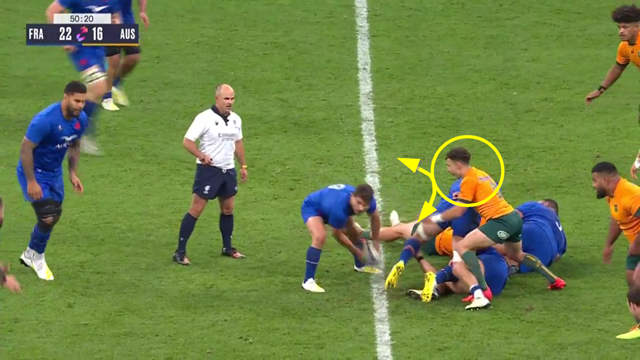
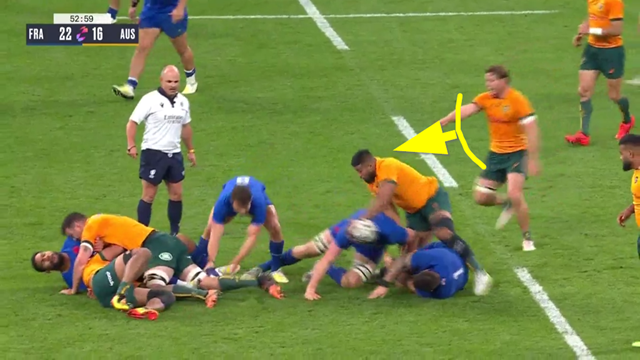
One of the developments of spying activity is the blind-side wrist-grab as the scrum-half goes to pass, and especially if he lifts the ball off the deck before making the delivery:
In this case it is Brodie Retallick forcing the fumble by van Poortvliet.
The spy can be effective from a variety of set-piece situations too. In the match between France and Australia, the Wallabies used the spy on Dupont from lineout mauls and scrums:
In the first instance, replacement hooker Folau Fainga’a is ready to pounce as soon as the ball is released, in the second Dupont never gets the chance to shift the ball before he is engulfed by replacement scrum-half Jake Gordon.
The ultimate reward for the Spy came after only four minutes at Twickenham:
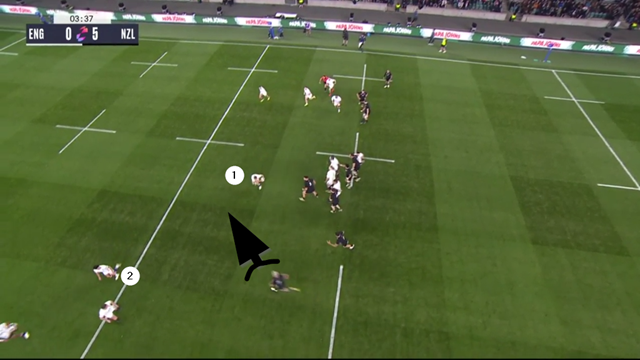
Kiwi number 7 Dalton Papali’i only has eyes for “1” van Poortvliet as the ball moves away from the lineout, he is not worried about “2” number 10 Marcus Smith at all. Instead of rushing the first five-eighth, the modern number 7 is looking to tighten the noose around the scrum-half instead.
Summary
The ‘Spy’ has been utilized in the NFL for decades as an effective method of controlling quarterbacks or running backs with extraordinary running ability in an open field. That has now translated to professional rugby, with the designation of a player (typically the defending number 7 or 9) to attack the opposing scrum-half as he goes to run, kick or pass from the base. With some luck, you can get a ‘sack’ and a turnover; with a little bit more, the reward may be a full seven-pointer – just ask Dalton Papali’i.
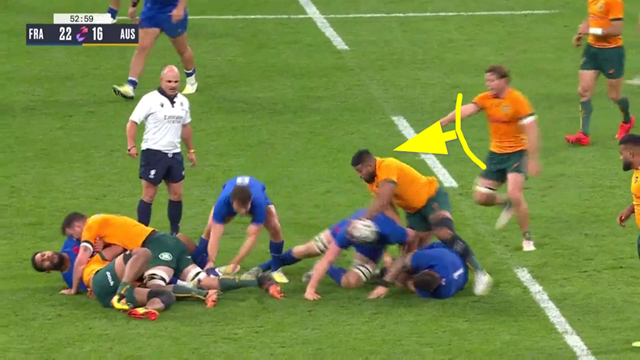
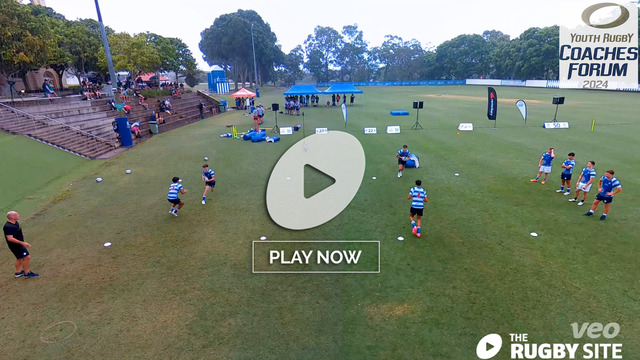
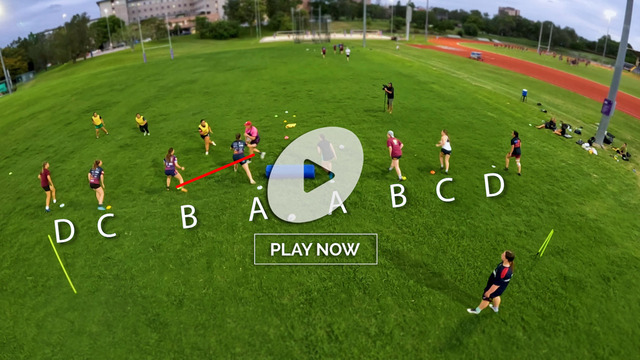
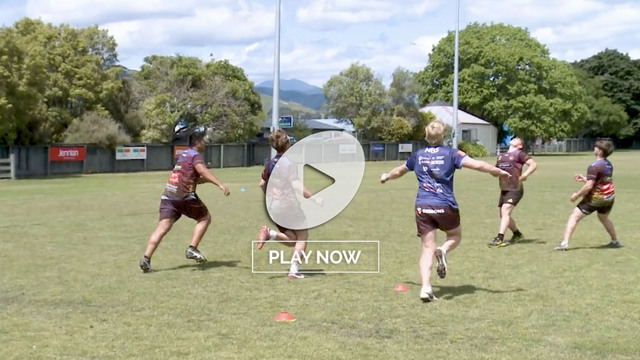

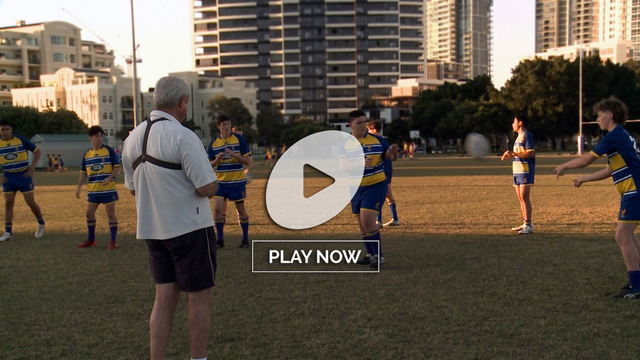

.jpg)
